How Cubism Changed the World
Though considered by many to be abstract, Cubism was originally conceived as a way of presenting hyper-reality through four-dimensional depictions.
Cubism was inspired by the notion that even at its most photorealistic, art fails to show life as it actually is. People do not perceive the world according to only the three dimensions of length, area and volume. Reality is experienced in the fourth dimension – time.
In 1907, Pablo Picasso became the first artist to attempt a truly realistic, four-dimensional artwork with his painting Les Demoiselles d'Avignon. Featuring an image of five nude female figures, this painting is far less ‘Cubist’ than Picasso’s later Cubist works, but it nevertheless demonstrates the four essential elements that eventually defined the style: flattening of the picture plane, reduction of the subject to geometric shapes, a limited colour palette, and, most importantly, a subject portrayed from multiple simultaneous perspectives, in shifting lighting, to approximate the passage of time. Art historian Douglas Cooper stated that the Demoiselles is the logical picture to take as the starting point for Cubism for three very clear reasons: because it marks the birth of a new pictorial idiom, because in it Picasso violently overturned established conventions, and because everything that followed grew out of it.
See also: Claude Monet: The Father of Impressionism
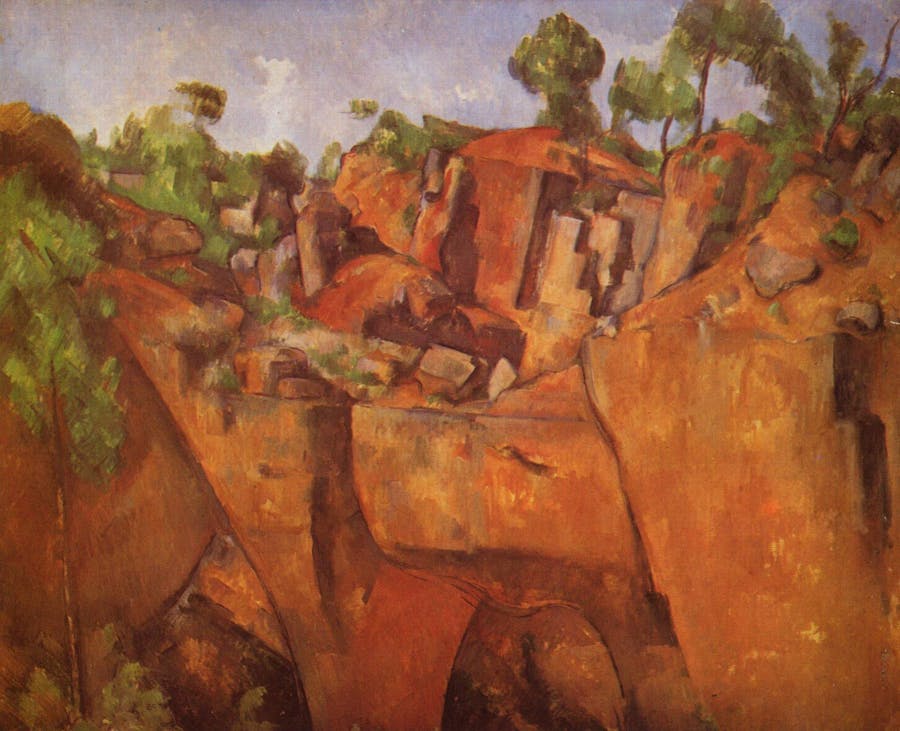
Though Picasso is rightfully credited with inventing Cubism, he did not work in a vacuum. He collaborated closely with Georges Braque, who also made many important Cubist breakthroughs. But really, neither deserves all of the credit. Picasso and Braque were both inspired by the Post-Impressionists, who were the first to break down the elements of art to assess their individual aesthetic functions.
See also: Impressionism: Between Shadow and Light
Georges Seurat and Paul Signac invented Pointillism in 1886, which demonstrated that rather than mixing colors ahead of time, painters could achieve heightened luminosity by placing pure color dots side by side on the canvas, and letting them mix ‘in the eye’. Around that same time, Paul Cézanne was abandoning depth, flattening his paintings and thus removing the idea of background and foreground. In many of Cézanne’s later works, every element seems as important as every other element, and many even have the character of simplified geometric shapes.
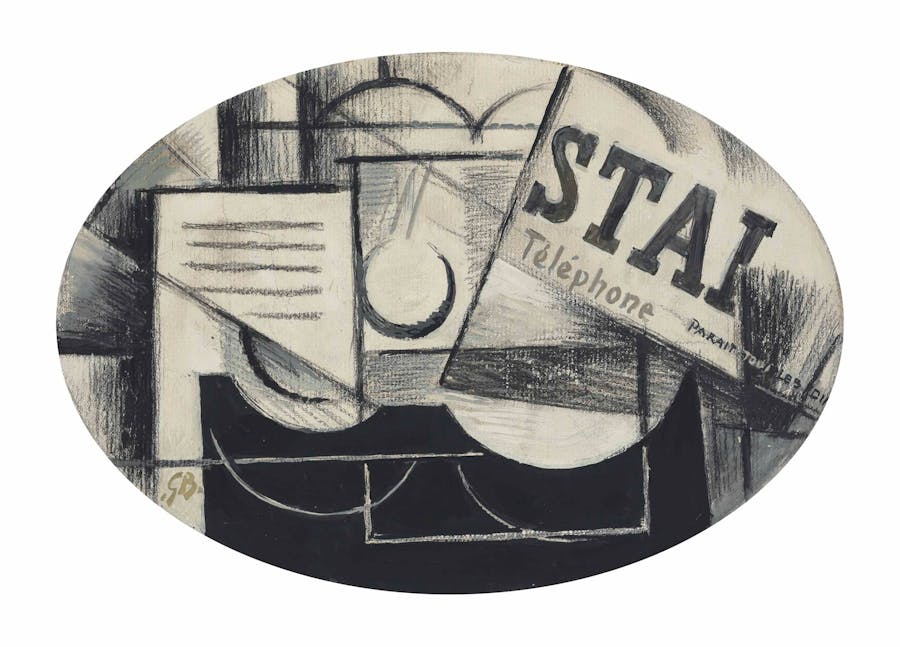
Picasso and Braque adopted such discoveries, reducing colors, shapes and spaces to their purest essences. In paintings like Braque’s Violin and Candlestick (1910) and Picasso’s Ma Jolie (1911), the subjects are painted from different points of view with varying lighting. Every pictorial element is given the same importance. The elements are not ‘mixed’ ahead of time into a cohesive image, rather they are placed beside each other on the canvas and allowed to mix ‘in the mind’.
See also: Fernand Léger: Art in Full Swing
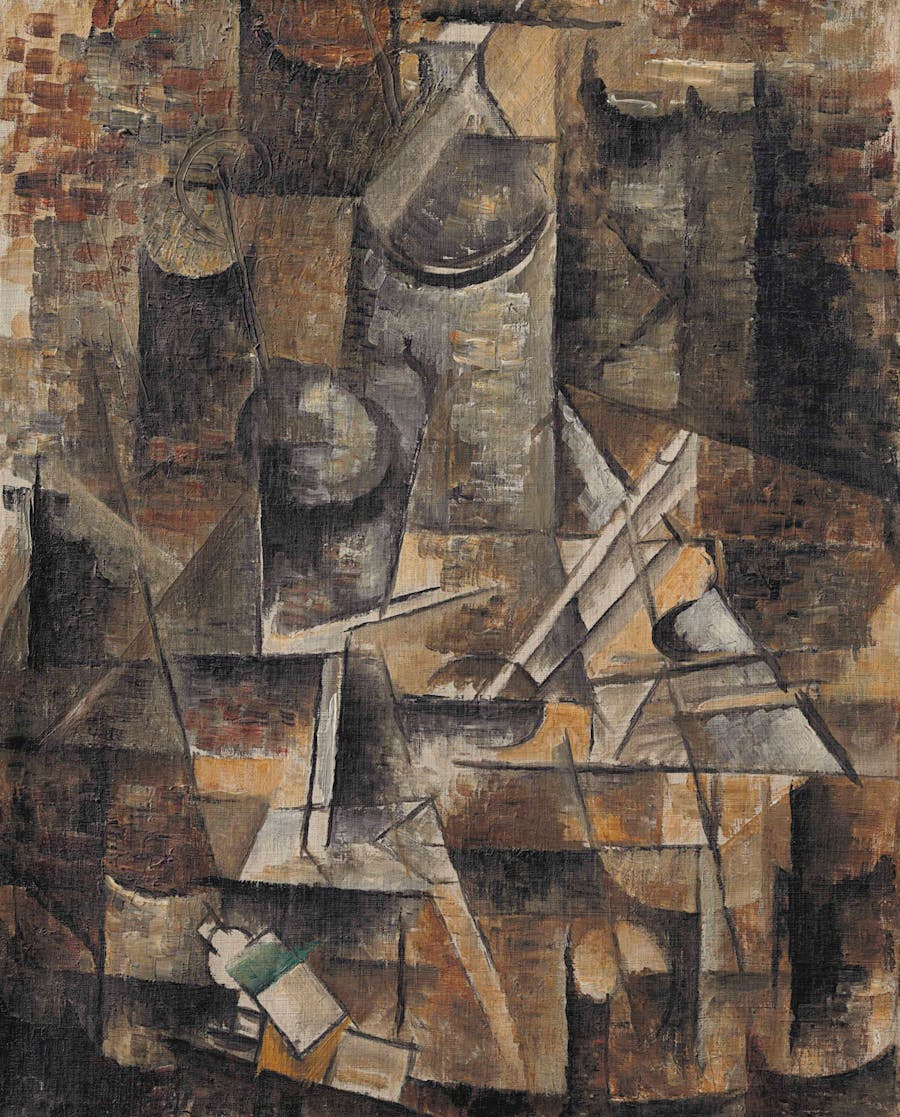
The word Cubism was coined when the art critic Louis Vauxcelles mocked what Picasso and Braque were doing, stating that their paintings were full of ‘little cubes’. The phrase caught on, and many other painters embraced its spirit. By 1911, there were enough Cubist painters that the style had its first major exhibition, at the Salon des Indépendants in Paris. Among others, it included the work of Albert Gleizes, Jean Metzinger, Marie Laurencin, Robert Delaunay and Sonia Delaunay. Ironically, Cubism’s inventors, Picasso and Braque, did not participate. They had already moved on to their next experiment – synthesis.
See also: Juan Gris: The New Cubist on the Block
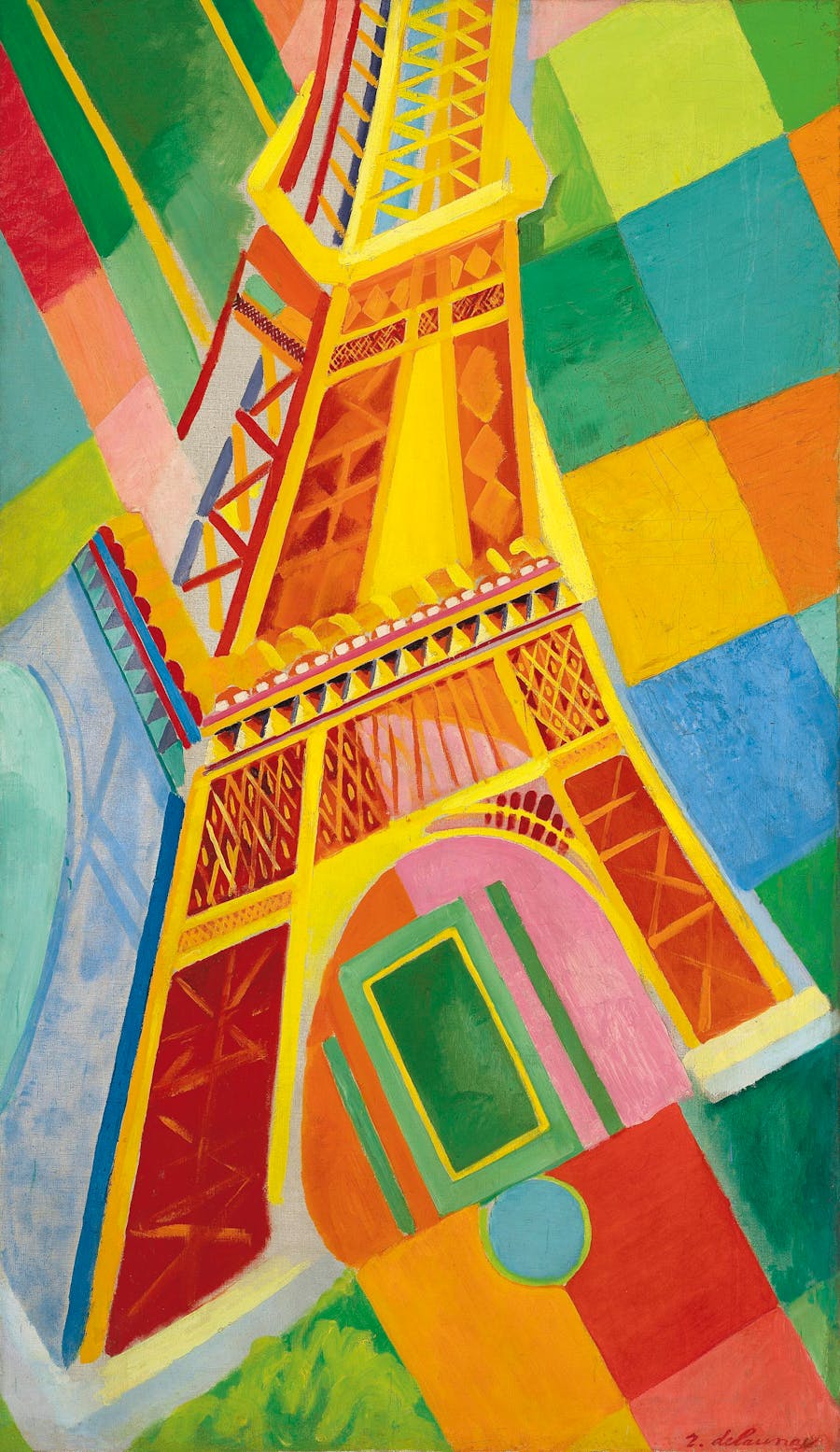
They wanted to achieve an even higher degree of reality by melding art with elements of the concrete world. Braque made the first attempt when he included advertising text in his painting The Portuguese (1911). Disconnected from its context, the text became democratized along with the other parts of the picture. The words became abstract symbols, unrooted in clear meaning. Picasso went next with Still Life with Chair-Caning (1912), which shows a typical café scene – food, drink and a newspaper strewn on a table. But in addition to traditional Cubist imagery, it also includes a piece of actual chair caning glued onto the surface of the painting, making it the first collage.
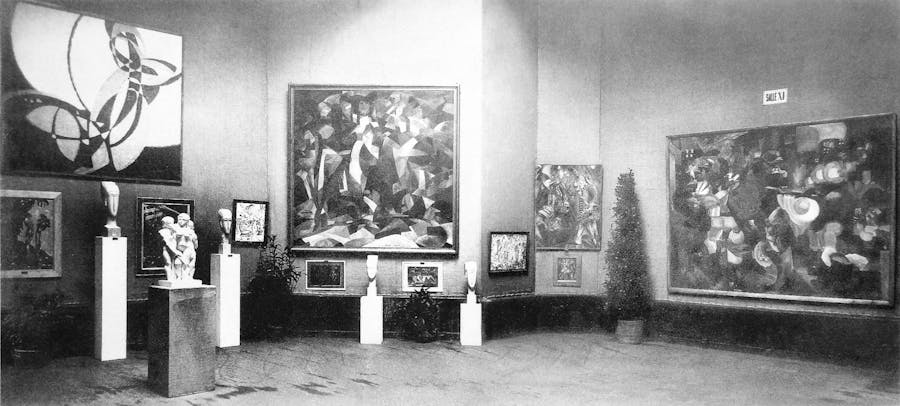
Braque then upped the ante again, adding sand to his paint in order to achieve more realistic textures. On and on the experiments went. Over time, the early days of Cubism became known as Analytic Cubism, since the work was rooted in academic ideas. This later period became known as Synthetic Cubism because it synthesized elements of the real world into the illusionary zone of the plastic arts.
See also: Salvador Dalí: Art Crazy
After World War II, both Picasso and Braque abandoned Cubism completely, reintroducing the figure into their work and going on to pursue different styles. But by then Cubism had already sparked a global aesthetic revolution, inspiring the later work of everyone from Marcel Duchamp and Piet Mondrian, to Georgia O’Keefe and Jackson Pollock. Its ideas and techniques can be found in myriad other art movements, including Dadaism, Surrealism, Assemblage and Pop Art.
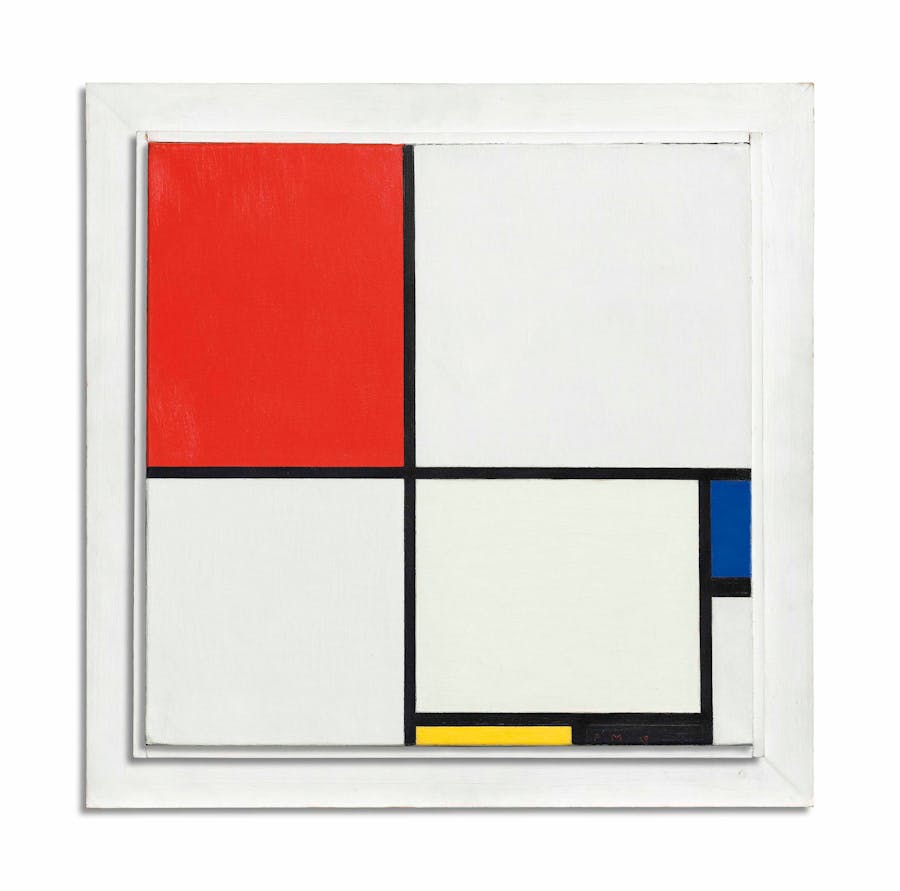
It is ironic that Cubism is so often referred to as the first abstract art movement, considering that it was actually an attempt at super-realism. But perhaps the ultimate paradox is that over time, it did become a major force in the evolution of abstraction because it inspired so many artists and viewers to think of the art-making process in conceptual terms.


